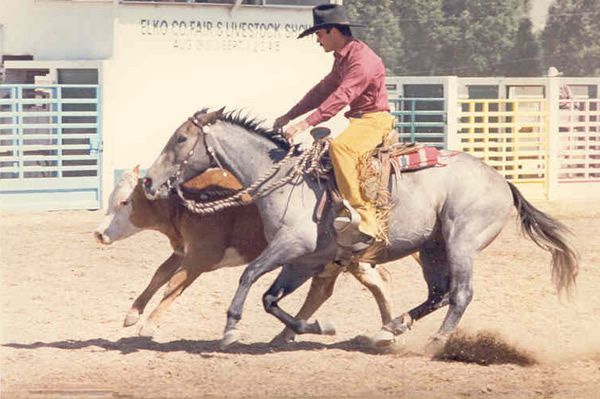The Most Important Lesson in Horsemanship: The Power of Release
Welcome to my first blog post! I thought it fitting to begin with what I believe is one of the most crucial, yet often overlooked, lessons in horsemanship: the release. Or, to put it another way—the reward.
You’ll hear this word tossed around a lot, just like “contact,” but both concepts are frequently misunderstood or, at times, miscommunicated to our horses. I’ll dive into contact in a future post (because that deserves its own spotlight), but for now, let’s focus on release—what it really means, and how it can transform your communication with your horse.
Buck Brannaman, a respected horseman, once described release as “a complete absence of pressure.” I honestly can’t think of a better way to put it. Just giving a little slack on the reins isn’t enough. A true release is something the horse can clearly feel and understand. It’s our way of saying, “Yes, that’s exactly what I was asking for—thank you.”
Horses don’t think like we do. They’re not wired to guess what we might have meant. They understand things in simple, black-and-white terms. That’s why our timing and clarity in releasing pressure is so important. If we let go and then immediately pick the reins back up, chances are the horse won’t even notice the release happened. That crucial learning moment is lost.
So, how do we make it clear? By exaggerating the release—at least in the beginning. Let your hands soften completely, give the horse a moment to feel that absence of pressure, and allow time for the message to sink in. This not only helps the horse understand, but it also teaches us to develop a softer hand and better feel.
Take, for example, asking your horse to back up. Instead of pulling or holding, try asking for one step at a time. As soon as you feel that step, release the pressure completely and pause. Wait a moment before asking again. Sure, this takes more patience. It might seem slower at first. But the payoff? Huge. Over time, your horse will begin to understand what you’re asking with just the lightest of cues. The backup becomes soft, responsive, and—most importantly—willing.
In the end, release isn’t just about taking the pressure off. It’s about building trust, creating clarity, and rewarding your horse for trying. It’s a quiet conversation that says, “You got it right.” And when your horse truly feels that, everything changes.

